Crimes are committed for a variety of reasons, and while most are forgotten quickly save by those personally involved, some are remembered and discussed decades later.
The Akihabara massacre was a mass murder that occurred on Sunday, June 8, 2008, in Sotokanda, Chiyoda, Tokyo, Japan, in the Akihabara shopping district for electronics, video games, and comics. A guy rammed a crowd with a truck at 12:33 p.m., killing three people and wounding two others; he then stabbed at least 12 people with a dagger, killing another four people and injuring eight more.
Background
Tomohiro Kat was born and raised in Aomori’s suburbs. His father worked for a financial company as a top executive. Kat had excellent marks in elementary school and was a standout track athlete. In middle school, he became president of the tennis club at Tsukuda Junior High School. After entering Aomori High School, a top high school, he began to act violently at home.
Kat was disliked by his classmates, and his academic ranking in the class dropped to 300. He failed the entrance exams for the prestigious Hokkaido University and went on to Nakanihon Automotive College to study car mechanics. He had been hired as a temporary worker at an auto parts manufacturing in central Shizuoka Prefecture but had lately been informed that his position will be eliminated at the end of June.
Kat was said to have had a strained relationship with his parents and was rarely seen at home. His brother revealed in an interview that his parents put enormous pressure on both of them to perform and excel in their studies, ordering them to redo their homework to high standards in order to impress teachers at school, and recalling one incident in which Kat was forced to eat scraps of food from the floor.
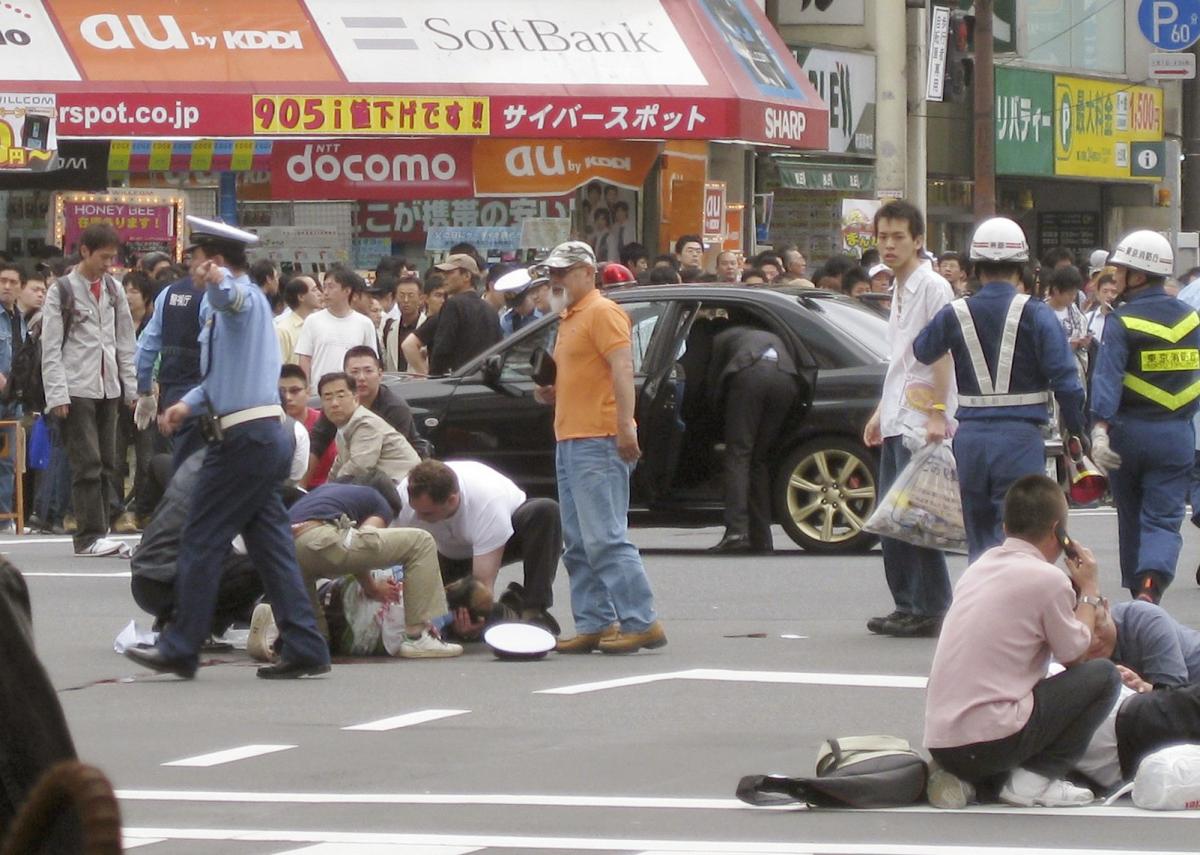
Prior to his revelation of the attack, he had made several online postings in which he slammed his own upbringing. Kat attempted suicide by crashing his car into a wall in 2006, despite being deeply in debt and believing that his family had given up on him.
The Incident
At the intersection of Kanda Myjin-dri and Ch-dri streets in Akihabara, the suspect Kat drove a two-ton rental truck into a crowd. While Kanda Myjin-dri remained open to traffic, Ch-dri was blocked to vehicular traffic for the convenience of shoppers, as is customary on Sundays and holidays.

After disregarding a red light earlier that morning, he hit five individuals with his truck around 12:33 p.m., according to police. As some people gathered to assist the injured, he exited the truck and stabbed at least 12 people while yelling, according to a witness. He dropped his knife and was held down by police about 12:35 p.m., roughly 170 meters (600 feet) away from the vehicle after police tracked him down and cornered him into a short alley with a police officer pointing a gun at him.
The Victim
As passersby attempted to revive the victims, at least 17 ambulances arrived at the site. Five of the victims were said to have died of heart arrest on the spot. The incident claimed the lives of two persons at first, but the death toll rose to seven during the day. Autopsies later revealed that three of the victims died after being hit by the truck, while the other four were fatally stabbed.
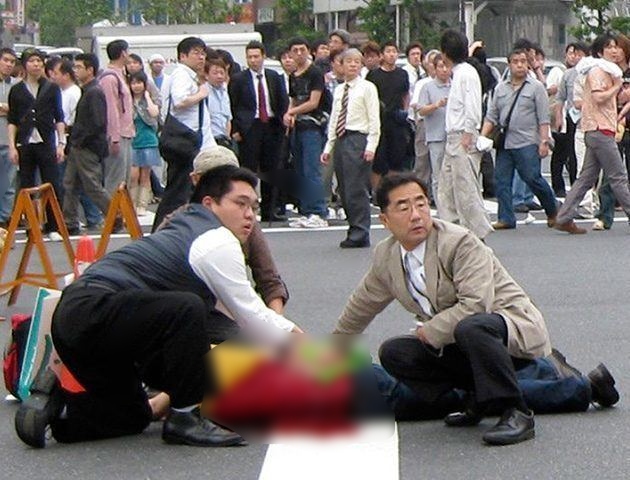
Six of the seven people killed were men, according to police and hospital officials. One of the victims that is a woman made an emergency call for police from her cellphone, according to communication records, however, she did not leave a message. A temporary memorial was built later that day by a group of people.
The Arrest
After a police officer saw the suspect Kat stabbing a woman, he was detained for attempted murder. The police took him to the Tokyo District Prosecutor’s Office on June 10th. On the 20th of June, he was detained once more on suspicion of murdering the seven victims. On the same day, the Prosecutor’s Office decided to take no action against him because of the initial suspicion. Despite being confident in his ability to be held criminally accountable, the Prosecutor’s Office decided by June 20 to ask the Tokyo District Court to permit his detention for a mental test.
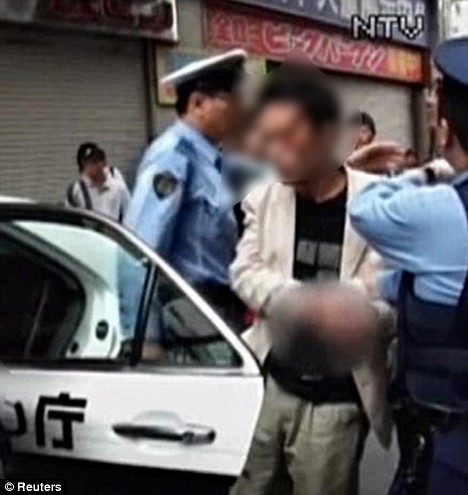
Kat deleted all of his contacts and conversation records from his phone soon before the attack, ostensibly to avoid annoyance to those around him. Kat later claimed that he posted the internet posts in the hopes of attracting police attention and causing him to be apprehended.
The knives were apparently obtained from a military supply shop in Fukui two days prior to the attack. Kato arrived in Akihabara a day before the attack to sell his computer and some software in order to raise funds for the truck rental.
In 2011, Kat was given the death penalty. According to judge Hiroaki Murayama, the defendant used a knife to attack persons who happened to be nearby, killing numerous people who were absolutely innocent. It was a heinous crime that showed no sign of humanity on the part of the accused. Hiroaki Murayama, the judge, stated that he had no choice but to sentence Kat to death.
Sources:Coffeehouse Crime, Murderpedia, Japan Innocence & Death Penalty Information Center, Alchetron, Japan Today, BBC

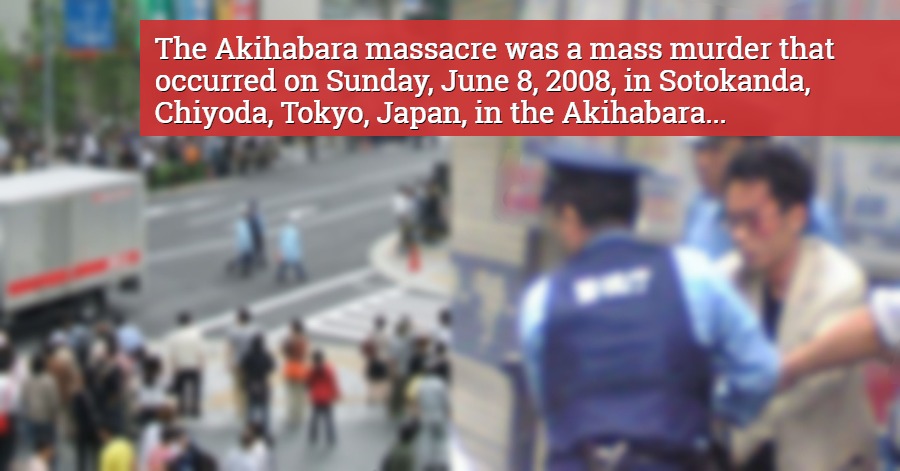
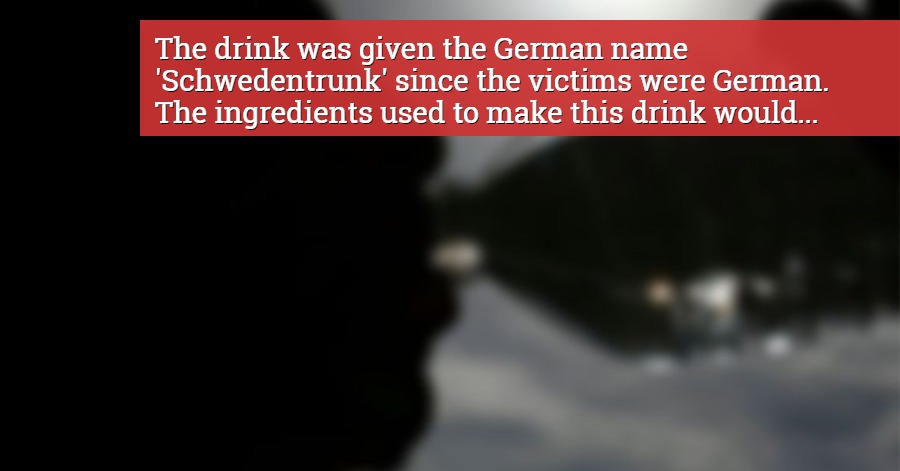

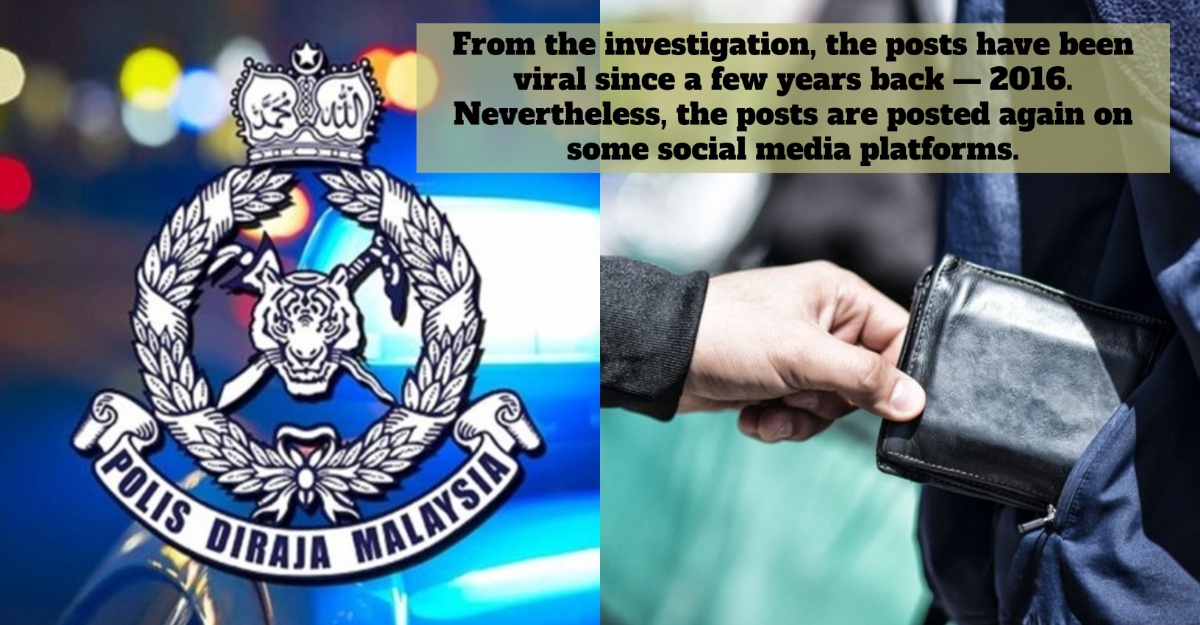

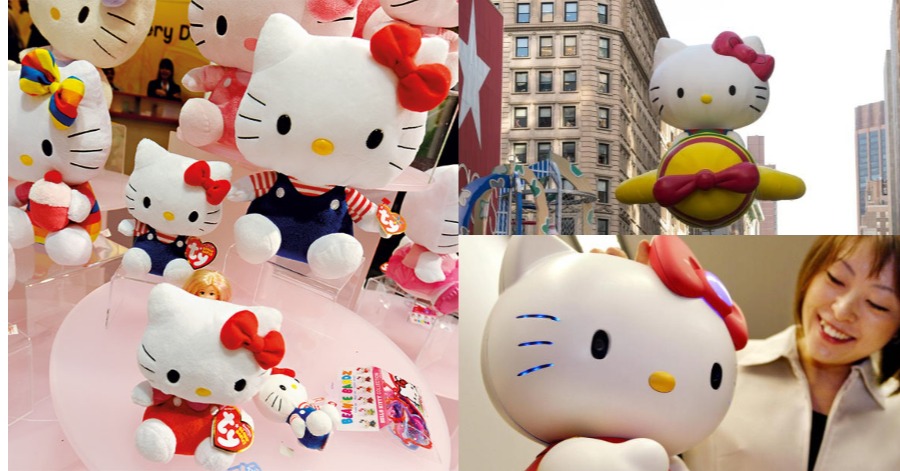
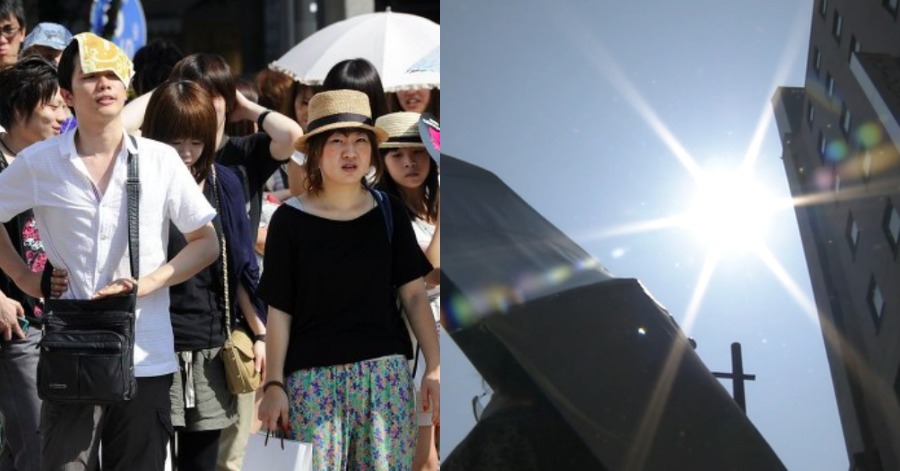
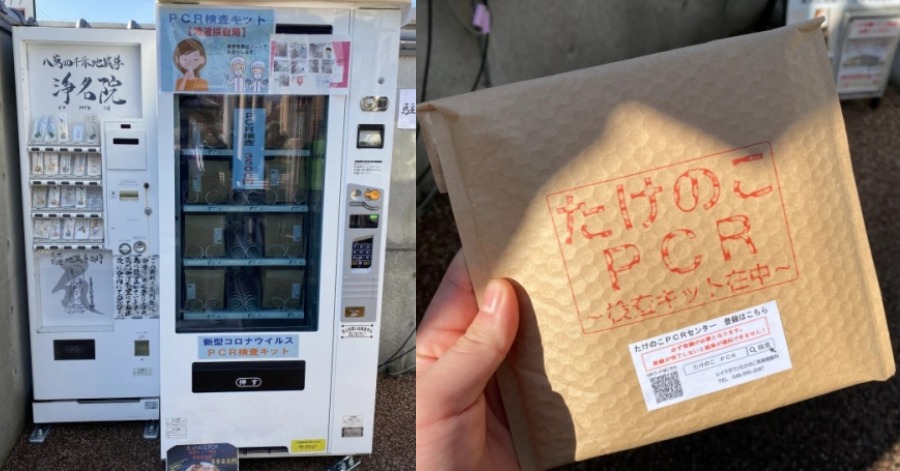
Leave a Comment